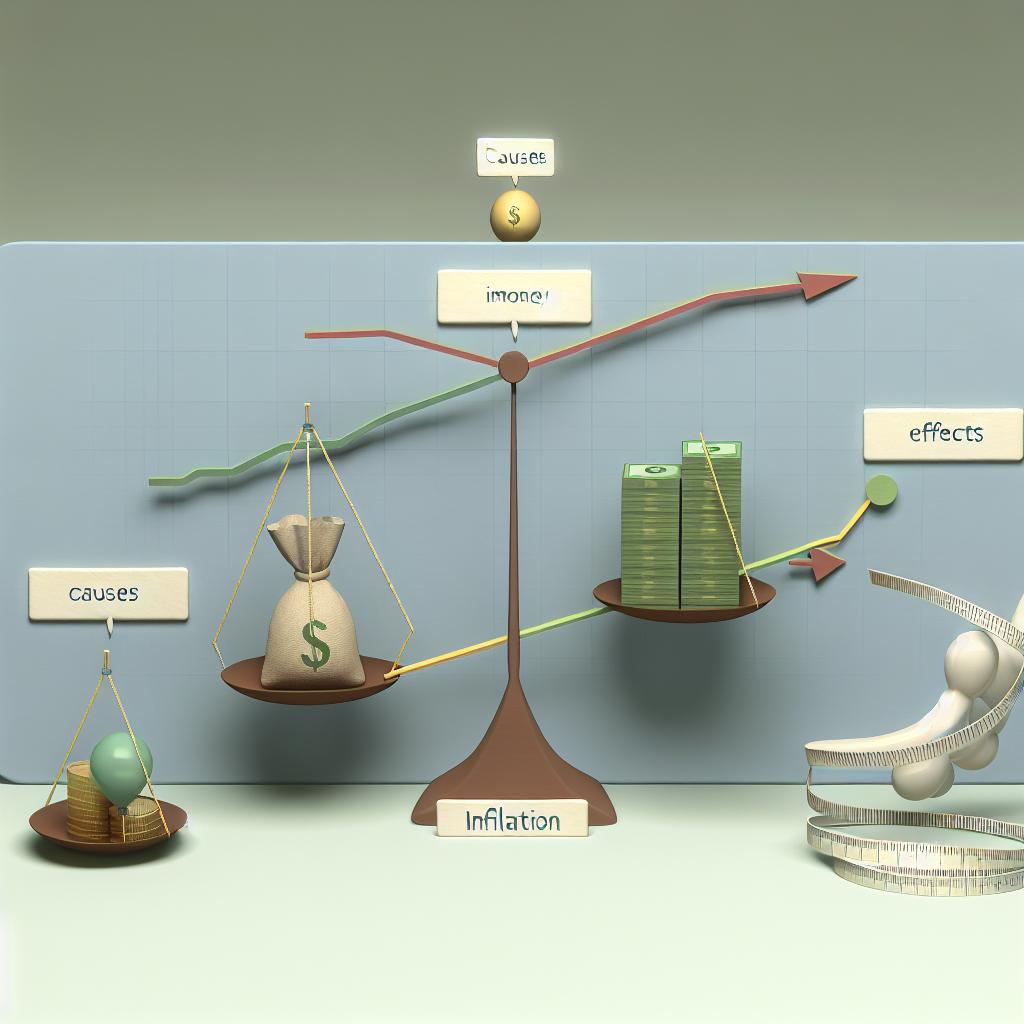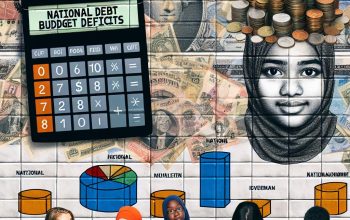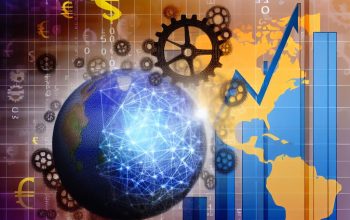Understanding Inflation
Inflation refers to the rate at which the general level of prices for goods and services rises, leading to a decrease in purchasing power. Over time, inflation can erode the value of money, meaning consumers can buy less with the same amount of money. This phenomenon is crucial for economists, policymakers, and individuals as it influences economic policies, investment decisions, and living costs.
Causes of Inflation
Several factors can cause inflation, and they often interact in complex ways. One principal cause is demand-pull inflation, which occurs when the demand for goods and services exceeds supply. This scenario often leads to an increase in prices as consumers are willing to pay more.
Another significant factor is cost-push inflation. This happens when the cost of production for goods and services increases, leading companies to raise prices to maintain their profit margins. Common causes of cost-push inflation include rising wages and increased prices for raw materials.
Additionally, built-in inflation arises from the adaptive expectations of individuals. When businesses and workers expect prices to rise, they adjust their wages and prices accordingly, creating a continuous cycle of inflation.
Effects of Inflation
Inflation has diverse impacts on an economy, influencing both microeconomic and macroeconomic conditions. On a macroeconomic level, moderate inflation is often associated with economic growth. It can encourage spending and investment, as consumers and companies seek to purchase before prices rise further.
However, high inflation poses several challenges. It can lead to uncertainty, reducing the purchasing power of consumers. This erosion of purchasing power can particularly impact fixed-income individuals, such as retirees, who may see their savings dwindle in value.
Moreover, inflation can distort price signals, making it difficult for businesses and consumers to make informed decisions. This can lead to inefficient allocation of resources and potentially slow economic growth.
How Inflation is Measured
Economists use several indices to measure inflation, with the most common being the Consumer Price Index (CPI). The CPI tracks the changes in prices of a basket of goods and services over time, giving an average price level experienced by households.
Another important metric is the Producer Price Index (PPI), which measures the average change in selling prices received by domestic producers for their output. Unlike CPI, PPI is concerned with wholesale prices rather than retail prices.
For those interested in different aspects of inflation, the Bureau of Labor Statistics provides detailed reports on CPI and other indices.
Adaptive Strategies for Dealing with Inflation
Understanding inflation is vital, but equally important is knowing how to manage your finances during periods of inflation. Individuals and businesses can adapt their strategies to mitigate the adverse effects of inflation. For consumers, it is important to prioritize spending and focus on essentials, avoiding unnecessary expenditures that may not fit the inflation-adjusted budget. Moreover, investing in assets that typically outperform during inflationary periods, like real estate or commodities, can be a prudent strategy to preserve wealth.
Businesses, meanwhile, might consider adjusting product prices strategically and managing inventory efficiently to ensure that they can keep up with rising production costs without losing competitive edge. Some might seek to diversify their supply chains to mitigate the risks of cost fluctuations in materials.
Monetary Policies to Control Inflation
Central banks play a critical role in controlling inflation through monetary policy. They employ various tools to manage liquidity and stabilize prices. The most common tool is the adjustment of interest rates. By increasing interest rates, central banks can make borrowing more expensive, thereby reducing spending and slowing the economy to curb inflation. Conversely, they may reduce interest rates to spur economic activity during periods of low inflation.
Another tool is open market operations, which involve buying or selling government securities to influence the money supply. Selling securities can absorb excess liquidity, thus reducing inflationary pressures. Conversely, buying securities injects liquidity into the economy, which can be beneficial in times of deflation.
Fiscal Policies and Inflation
In addition to monetary policies, fiscal policies also play a role in managing inflation. Governments can influence the economy by adjusting spending and taxation levels. For instance, reducing government expenditure during high inflation can help decrease the overall demand, which in turn can reduce inflationary pressures. Similarly, tax policies can affect consumer spending and business investment, influencing the inflation rate indirectly.
It is crucial for governments to strike a balance between stimulating economic growth and controlling inflationary pressures. Over-reliance on fiscal measures could lead to other problems such as increased public debt. Therefore, coordination between fiscal and monetary policies is essential for effective inflation management.
The Global Perspective on Inflation
Inflation is not only a domestic concern but also a global one, as economies are interconnected. Inflation in one country can have ripple effects globally, especially in today’s interconnected markets. For instance, inflation in major economies such as the United States or the European Union can influence global commodity prices, affecting inflation rates in importing countries.
Exchange rates also play a role in this process; inflation can affect a country’s currency value, impacting international trade balances. Countries need to consider these global interdependencies when making policy decisions to manage domestic inflation.
The Future of Inflation Monitoring
With the advent of technology and data analytics, the future of inflation monitoring and management looks more promising. Advanced analytical tools and real-time data can help policymakers anticipate inflationary trends and react proactively. Big data and artificial intelligence could allow for more precise inflation forecasts, enabling policymakers to implement timely and effective measures to maintain economic stability.
Inflation remains a defining feature of modern economies, impacting everyone from individual consumers to large corporations. A deep understanding of its causes, effects, and measurement techniques is essential not just for economists, but also for businesses and consumers navigating the economic landscape. As economies evolve, so too will the strategies for managing and understanding inflation, requiring continual adaptation and innovation.
This article was last updated on: March 10, 2025




